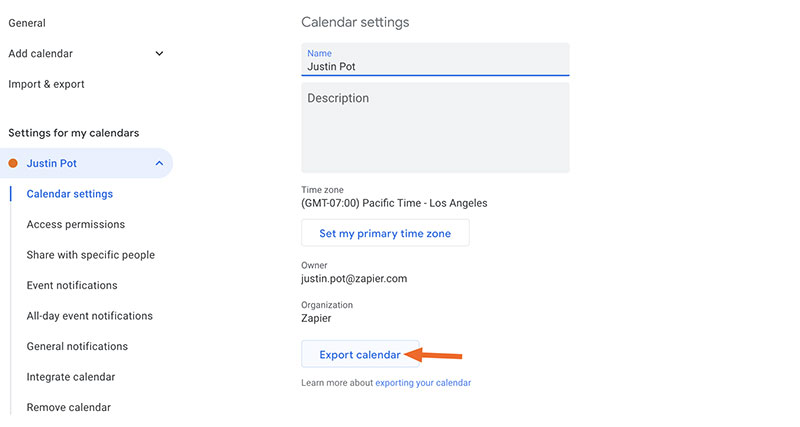
The following command will reset all explicit and inherited permissions for all folders and files on drive E: Icacls.exe E:\* /reset /T In this case, you can reset NTFS permissions with icacls. Quite a common problem: after copying directories between two drives, you can lose access permission to folders on a target drive. To get effective object permissions for a specific user account, run: Get-NTFSEffectiveAccess -Path C:\PS\myfile.txt -Account samaccountname
#HOW TO USE ICAL EFFECTIVELY INSTALL#
You can install the NTFSSecurity module from the PowerShell Gallery: Install-Module -Name NTFSSecurity You can use the accesschk tool or NTFSSecurity PowerShell module to get effective NTFS permissions on files and folders. If the error persists, list the current file permissions and make sure your account has the “Change permissions” rights on the file. Since the icacls is not a UAC-aware tool, you won’t see the elevation prompt. In this case, first, make sure you are running a cmd window with elevated rights (run as an administrator). In some cases, you may receive the “ Access is denied” error when trying to change permissions on a file or folder using the icacls tool. In this case, no specific permissions on subfolders will be overwritten.Īlso, you can environment variable %username% to grant permissions for the currently logged on user: ICACLS c:\PS /grant %username%:F Icacls "C:\PS\" /grant:r Everyone:(NP)(RX) /T If you need to propagate new permission to all files and subfolders of the target folder without using inheritance, use the command: To enable the inherited permissions on a file or folder object: icacls c:\PS /inheritance:e To disable inheritance and remove all inherited permissions, run: icacls c:\PS /inheritance:r To disable the inheritance permissions on the file system object and copy the current access control list (explicit permissions), run the command list: icacls c:\PS /inheritance:d

For example, Administrators, Everyone, Users, etc. You can use the built-in group names in the icacls command. In order to grant read + execute + write access, use the command: icacls E:\PS /grant John:(OI)(CI)(RX,W) The following command can be used to grant a user read + execute + delete access permissions to the folder: icacls E:\PS /grant John:(OI)(CI)(RX,D)
#HOW TO USE ICAL EFFECTIVELY FULL#
To grant Full Control permission for the NYUsers domain group and apply all settings to the subfolders: icacls "C:\PS" /grant domainname\NYUsers:F /Q /C /T

Execute the command: icacls C:\PS /grant John:M At least one user (the owner of the object) has the permission to modify the DACL.įor example, you want to grant the permissions to modify (M) the contents of the folder C:\PS the user John. To change an object’s DACL, the user must have write DAC permission (WRITE_DAC - WDAC). With the icacls command, you can change the access lists for the folder. If you need to find all the objects in the specified directory and its subdirectories in which the SID of a specific user and group is specified, use the command: icacls C:\PS /findsid /t /c /l /q Use iCACLS to Set Folder’s or File’s Permissions (I) - permission inherited from the parent container.These NTFS permissions are inherited to all child (nested) objects in this directory.īelow is a complete list of permissions that can be set using the icacls utility:

This means that this user has the right to write and modify file system objects in this directory. The following permissions are assigned to this user: Consider the permissions for the user CORP\someusername. The access permissions are indicated using the abbreviations. The object access level is specified in front of each group or user. Successfully processed 1 files Failed processing 0 files

Let’s try to understand the syntax of the permissions list returned by the iCACLS command: This command will return a list of all users and groups who are assigned permissions to this directory.


 0 kommentar(er)
0 kommentar(er)
